5 Interesting Facts About Rani Ki Vav- The Queen'S Stepwell Of Gujarat
By: Priyanka Maheshwari Fri, 05 Feb 2021 6:08:16
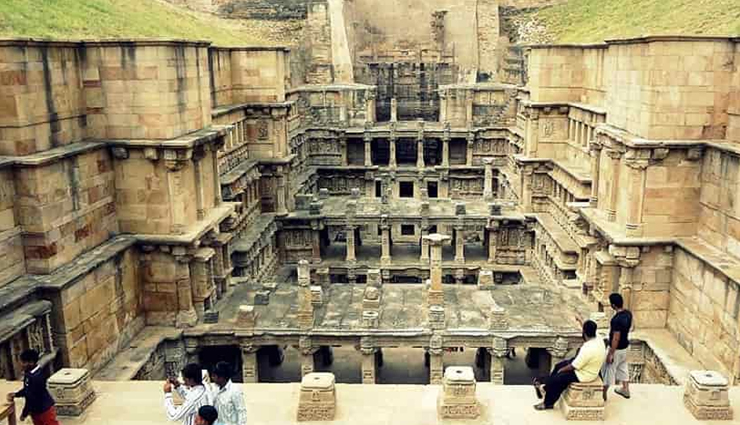
The only real sign of Patan’s former glory is this astoundingly beautiful step-well. Located on the banks of the Saraswati River, this is one of the oldest and finest stepwells in Gujarat and is remarkably preserved. Steps lead down through multiple levels with lines of carved pillars and more than 800 sculptures, mostly on Vishnu-avatar themes, as well as striking geometric patterns. The stepwell is made in the form of an inverted temple. It showcases superior craftsmanship of the era, and the unique Maru-Gurjara architectural style and houses sculptures similar to the Vimalavasahi temple in Mount Abu and Sun temple at Modhera.
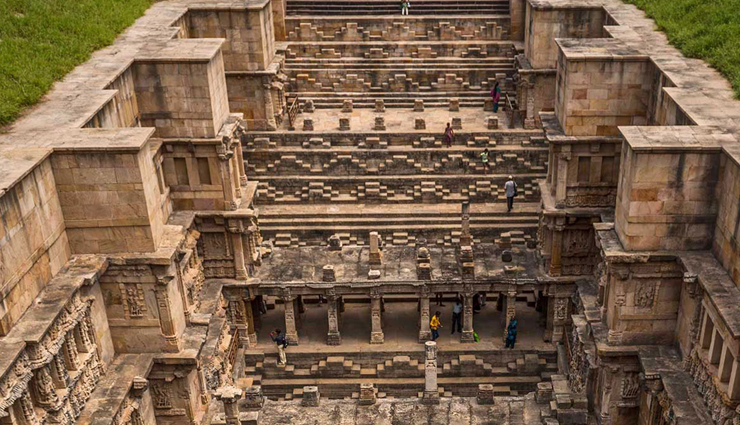
# Conservation
In the 13th Century, the Saraswati River, whose waters would feed the water bodies of the Rani-ki vav, flooded the area, depositing large volumes of silt over the architecture. It was not until the 1980’s that archaeologists from the Archaeological Survey of India, excavated the stepwell and surprisingly found it to be preserved in a very good condition. Today, according to the provisions of the Ancient Monuments and Archaeological Sites Act of 1958, the Rani-ki-vav is protected and preserved as a national monument of historical significance. The Archaeological Survey of India is currently solely responsible for the maintenance and conservation of the Rani-ki vav.
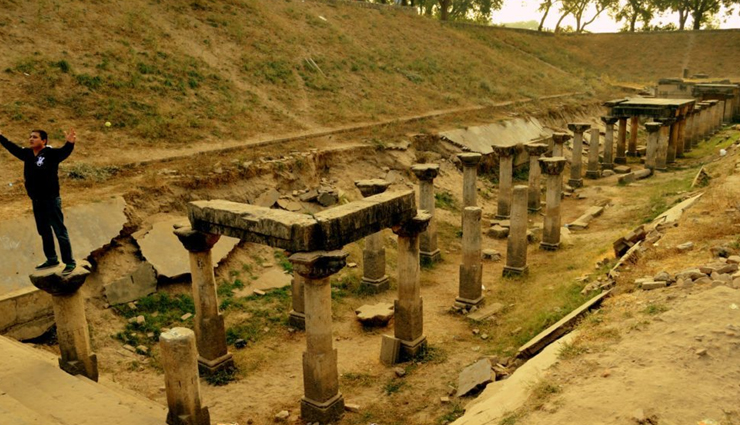
# Culture and Tourism
The Rani-ki-vav is an architecture of great cultural significance to India. The art forms depicted in the stepwell delve knowledge about the lives and beliefs of people of 11th Century India. It also provides an insight into the Solanki Dynasty, its history, economy, and culture. The stepwell depicts the reverence of ancient Indians for water as an important natural resource. Today, the Rani-ki-vav is an important spot of tourism in Gujarat. Thousands of tourists, both national and international, explore the stepwell and marvel at its exquisite beauty, saluting the queen who initiated its establishment.
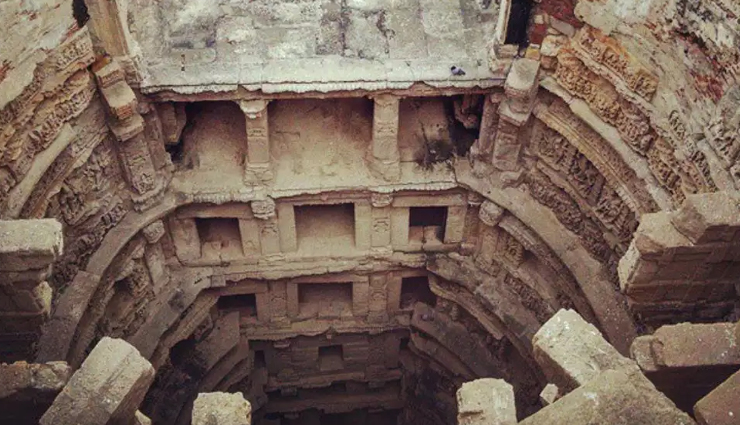
# Architecture
The Rani-ki-vav was built in the Maru-Gurjara architectural style. Stepped corridors and pillared multi-storied pavilions form an integral part of the stepwell architecture of the Rani-ki-vav. The stepwell begins at the ground level and gradually descends down through a number of levels to the deep well lying below. The most striking feature of this stepwell architecture is the ornate side walls decorated with intricate sculptures (pictured) representing religious, mythical, and cultural symbols of the era to which it belongs. More than 5000 major sculptures glorify the Rani-ki-vav, exhibiting the mastery and genius of the artisans of ancient India.
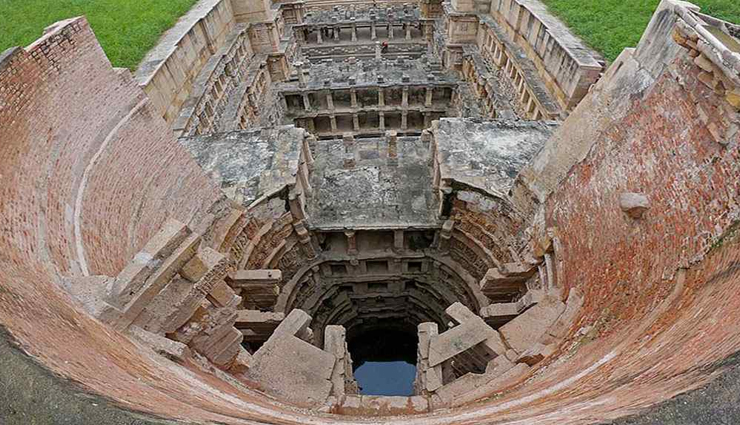
# Construction of Rani Ki Vav
After Bhimdev’s death in 1063, his bereaving wife Udayamati, with the assistance of their son and new successor to the Solanki throne, Karandev I, built the beautiful stepwell of Rani-ki vav (meaning Queen’s stepwell in the local language). The stepwell had immense religious and functional significance in the ancient world and was designed as an inverted temple with water at the base of the temple. This design was aimed at exhibiting the sanctity of water as a life-giving compound. The stepwell which faces the eastern direction is 64 meters long, 20 meters wide, and 27 meters in depth. Recognizing the outstanding universal value of the construction, the United Nations Educational, Scientific, and Cultural Organization (UNESCO) declared the Rani-ki vav as a UNESCO World Heritage Site in 2014.
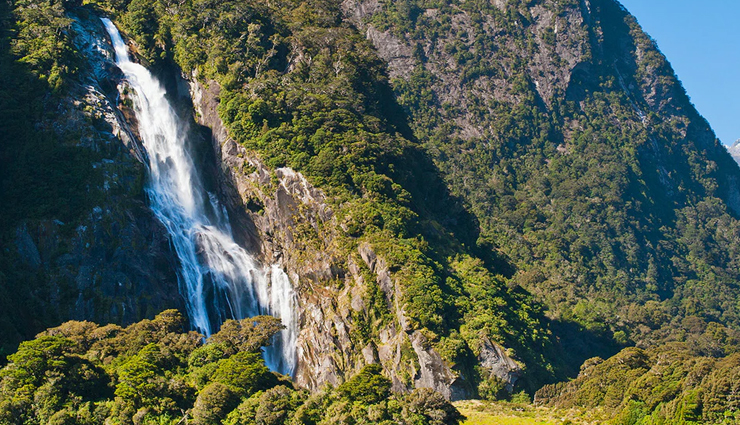
# Who Were Bhimdev I and Udaymati?
India appears to be the country where true love blooms in the form of grand and spectacular examples of art and architecture. In India we find the majestic Taj Mahal at Agra, the symbol of love of a Mughal ruler Shah Jahan for his wife Mumtaz Mahal while at another spot in country, in the Patan town of Gujarat, we find another astounding architectural wonder, the Rani-ki vav, dedicated by a loving queen, Udaymati to her dead husband, Bhimdev I. Bhimdev I was the successor of Mularaja, the founder of the Hindu Solanki Dynasty of northern India. Mularaja was succeeded by his son, Bhimdev I, in 1022.





